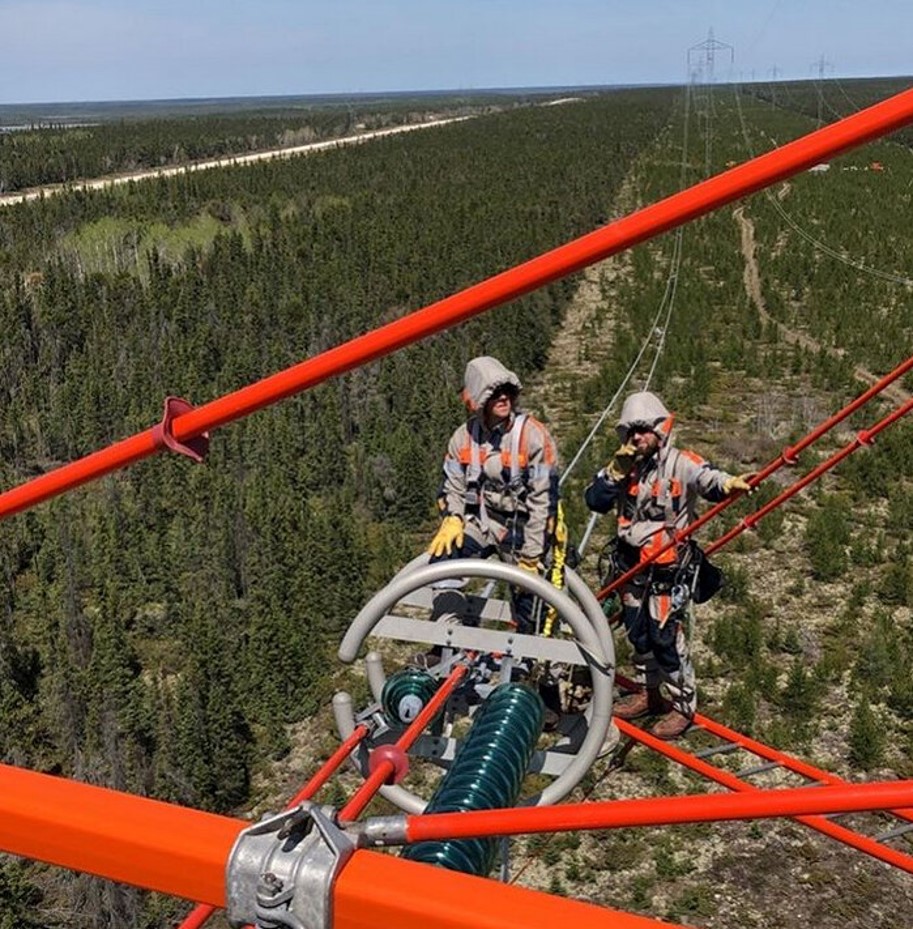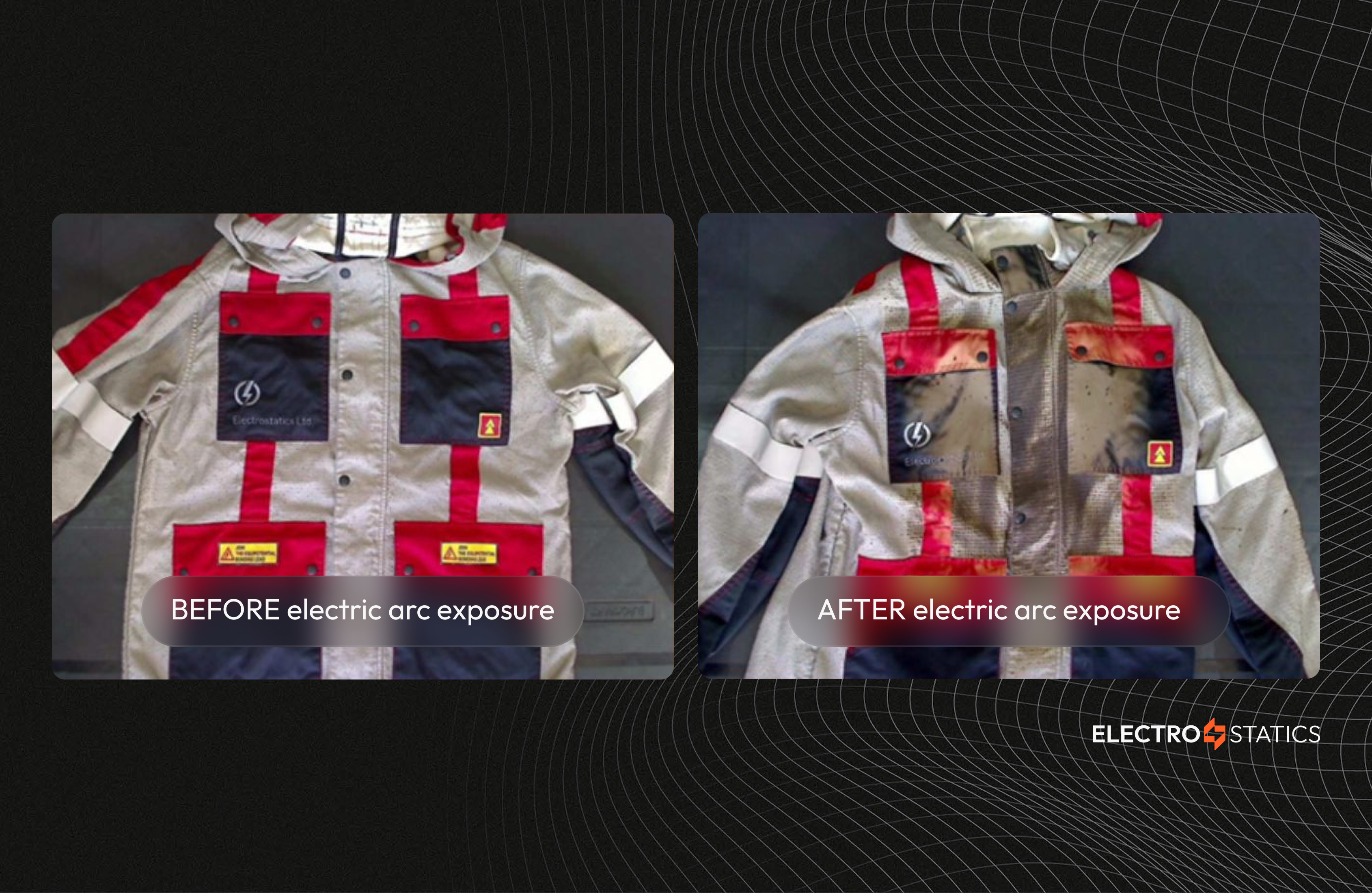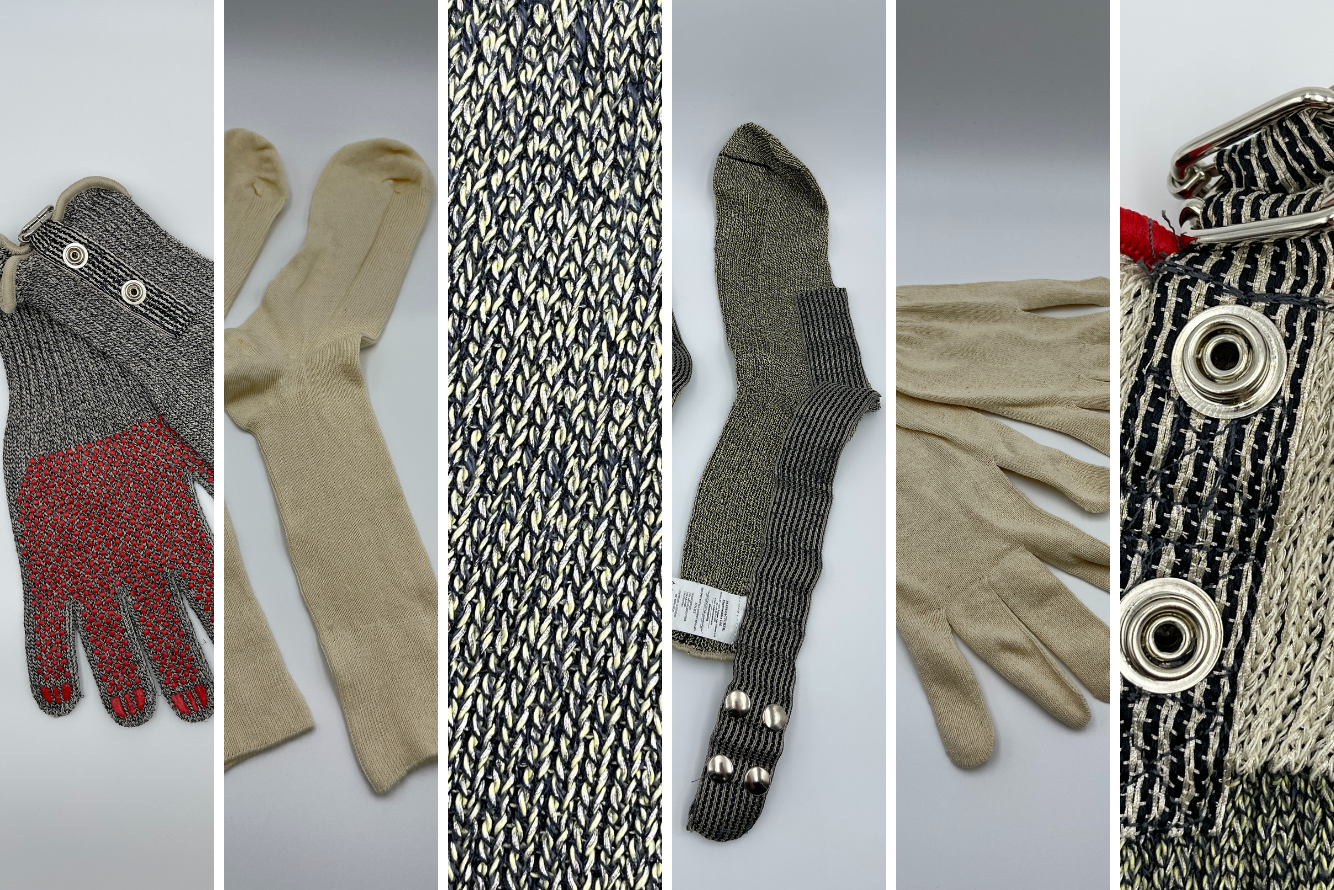Live working, also known as LW, allows failure-preventive interventions and possible maintenance work on transmission lines without de-energizing to avoid power outages on the electricity network, hence increasing stability. The practice has many technological and economic advantages and more favorable accident statistics than de-energized methods.
The operation and maintenance of transmission and distribution networks within a country and cross-border lines is a significant challenge for network operators. LW is an efficient way to carry out maintenance work safely and economically. Reliability and security of supply, and therefore the quality of service, can be improved over the long term with a properly planned and continuously maintained network.

When considering LW’s technical and economic benefits, the costs of de-energizing, such as the operation and preparation of the equipment used, should be considered. Another important economic benefit is the cost of the unsupplied power. While live working methods provide consumers with an optimally continuous power supply, de-energized works can result in significant power losses, making LW particularly important for consumer satisfaction.
LW includes different techniques depending on the voltage level at which the work is carried out and the utility’s experiences. Typically, on low voltage networks, linemen use the rubber gloves technique; on medium-voltage networks, hot stick and combined method; and on high-voltage networks, a so-called bare-hand method. However, these techniques may vary from one country to another.
Using qualified insulating equipment, the hot stick technique means that the lineman carries out the work from a defined distance from the live part – outside the minimum approach distance (MAD).
During the rubber gloves technique, the lineman is protected by insulating rubber gloves, sleeves, and blankets against grid parts in his environment that are at a different potential from him while being in direct mechanical contact – within the MAD – with live parts.
In the case of bare-hand work, the lineman is in direct electrical contact with the live part on which he is working, so the body shall be at the same potential as the system and adequately isolated from the environment at a different potential. The lineman uses a potential clamp to fix the potential of the conductive suit used to shield the electric field around the live parts. The distances from the points at different potentials, depending on the voltage level, ensure safe working. The great advantage of this method is that insulating devices are only required when approaching the work position so that they do not affect the accurate movements of the lineman during the work.

While doing bare-hand LW, the linemen are protected by conductive suits, widely used in international practice against the electric fields above the limit values. The conductive suits, acting as Faraday cages, shield the electric field from the external source. From an electrical point of view, the ideal solution would be a fully enclosed suit. Still, the clothing must satisfy both ergonomic requirements and adequate shielding of the electric field so that it is equipped with openings that allow ventilation and proper visibility. Ergonomic components play a vital role in LW since working in weather conditions such as hot temperatures severely reduces human performance is challenging. The size of the suits’ openings greatly influences the shielding capacity of conductive suits. Therefore, when designing protective clothing, the maximum size of the “Faraday holes” should be given particular attention. The most critically sized aperture is usually located in the front of the face of the suit. There are many conductive suits available on the international market which are produced without any face protection. Electrostatics Ltd. was the first manufacturer in the world to recognize the importance of face mesh, thus increasing the safety of linemen during LW maintenance work.
In addition to the electrical aspects, Electrostatics Ltd. has also considered ergonomic features in the design and has perfected its products over the years. The different types of clothing used for LW have different properties so that everyone can choose the most suitable one. The unique face mesh design is identical on all clothes and perfectly meets electrical and ergonomic requirements. Electrostatics’s products have already been sold to many countries worldwide, including the main utilities of the USA, Canada, Great Britain, Australia, Norway, and many others.

We are proud that our products can contribute to safe work, network operation, and fewer power outages worldwide.
For more information on Electrostatics conductive clothing visit our product page!




